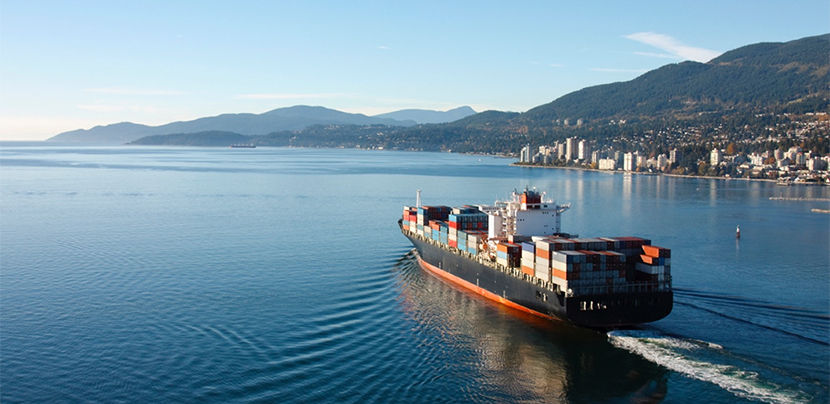THE DIY AND HOME MARKET FACES AN UNPRECEDENTED SUPPLY CRISIS (PART 2)
After the interest generated among our collaborators by the latest interview about the “raw materials crisis”, we are receiving many inquiries about how the situation is evolving.
There is a lot of uncertainty and contrary information, so we have decided to share our vision again.
For this we have again invited our Commercial Director: Iñaki Bringas to share his first-hand experience:
Good afternoon Iñaki, could you please give us an update about how the general situation of raw materials is evolving?
Hello, the last time we spoke the situation was a bit chaotic, with the main productive inputs: steel, wood, transport, energy … in an endless rally of price rises.
At this time, we could say that prices are at historical limits.
For example, cold rolled steel, the main input for our manufacturing, has reached € 1.320 / MT. Base. Last year minimum was € 500 / TM., which represents a year-on-year increase of + 164%.
It has had constant increases of + 100€ /TM. Per month until June, since then it has been stable until today.
Fiberboard and chipboard raw panels have suffered a similar situation. Prices in recent years had been quite stable: € 250 / M3 base, but in recent months we have reached: € 500 / M3. This represents a year-on-year increase of 100%.
Likewise, oil, energy and finally maritime transport are at historical limits.
Could we therefore think that the worst is over, and the situation should improve in the short term?
As we said last time, we do not have a crystal ball, and give a prediction would be very risky on our part.
What we can do is an analysis of the general situation:
STEEL MARKET:
We must attend to both offer and demand.
Currently the offer is very limited:
- The EU has communicated on 06/25, the extension of the safeguard measures on imports of steel products for 3 more years.
This measure affects steel imports from countries such as China and Russia.
This limits the capacities available in Europe for the next 3 years and protects the pricing by European steel mills.
- China has eliminated support for steel exports:
This represents a paradigm shift: going from exporter to net importer.
For this they have eliminated the tax refund between 12 to 15%.
- India’s imports double the quotas allocated in the EU in the third quarter.
After the recent opening of the new quota period, more than 300,000 MT. of Indian steel is pending allocation in European ports. More than double the assigned quota. This means that unless they postpone the assignment to next quarter, they will be imported with a 25% duty.
- New steel export tax in Russia of 15%
Russia wants to reduce its steel exports, therefore all exports from August 1 will be recorded with 15%.
- The EU is investigating the application of a new tariff to galvanized coils of Turkish and Russian origin:
The European Commission (EC) announced on June 24 that it had launched an investigation into imports of hot-dip galvanized coils (BGC) from Turkey and Russia. This may further reduce the supply for next year if possible.
- Reduction of CO2 emissions:
The EU will release an environmental draft at the end of July. In principle, emissions from steel mills must be reduced by 50% by 2030.
This represents multimillion-dollar investments for European mills, which are already beginning to announce CO2 rates in their prices. Therefore, an additional price increase is expected due to this factor.
In addition to all the above information. We must include an event, which, although it is temporary, will have serious short-term effects:
- West German flood tragedy:
Floods in Europe are reported to have damaged some 80,000-100,000 tons of steel, with dire consequences for the supply chain.
Industry sources believe that next month there will be a lack of material.
In conclusion: The supply of steel in Europe is and will continue to be more and more limited. Geopolitics is becoming increasingly important in these matters, and all countries are trying to protect and maintain raw materials for the development of their internal markets.
It is therefore risky to expect that prices may fall with so many limitations from the offer side. It will be necessary to see how the demand evolves. We have been with low automotive demand for 2 months, motivated by the semiconductor crisis, and yet prices have been maintained.
It is foreseeable that in the coming months automotive demand will reactivate, and in that situation new price increases could not be discarded.
WOOD MARKET:
At the beginning of 2020 we saw how the prices of the boards began to rise exponentially. These increases were motivated by 2 factors: High demand from the furniture industry and limited supply in Europe, due to strong imports from the US due to the collapse of its main source of supply: Canada.
We are currently facing an imminent log export ban by Russia. The entire industry is concerned about the shortage that may result from this measure.
If this happens, in addition to the direct impact (3.6 million tons of logs), the indirect impact is that the Russian ban will cut off the supply to China, the number one export destination for Russian logs. China will be forced to seek alternative sources for this key raw material. In fact, it has already increased shipments of European logs considerably in the last few months.
In this case, the conclusion we can draw is even more pessimistic than the previous one. The wood market is going to be complex in the coming months, and I would venture to say, years. It is a sector of high demand, where supply begins to take protectionist measures, and which will be greatly affected by sustainability factors.
And what strategy is AR Shelving following to face all those difficulties?
AR Shelving has decided from the beginning of the crisis to follow a strategy of supply guarantee: To purchase at the necessary market price to ensure the service to our partners.
Looking back, it has been a correct strategy, since we have seen many companies in the sector that paralyzed purchases due to price increases, and finally they have failed the supplies.
In the worst commodity crisis ever. The entire AR Shelving distribution has had our products in their stores.
Our strategy is and will remain the same: Negotiate in the best possible conditions, but always from the perspective that service comes first.
We have updated our pricelists to our distribution in a totally transparent and objective way based on actual cost increases. And I would like to take this opportunity to send them all a message of gratitude: For the trust they have placed in us, for having understood the difficulty of the situation and for supporting us in the price updates.
We continue working so that they can continue growing by our hand, and next year will also be full of news that we will be presenting very soon.


